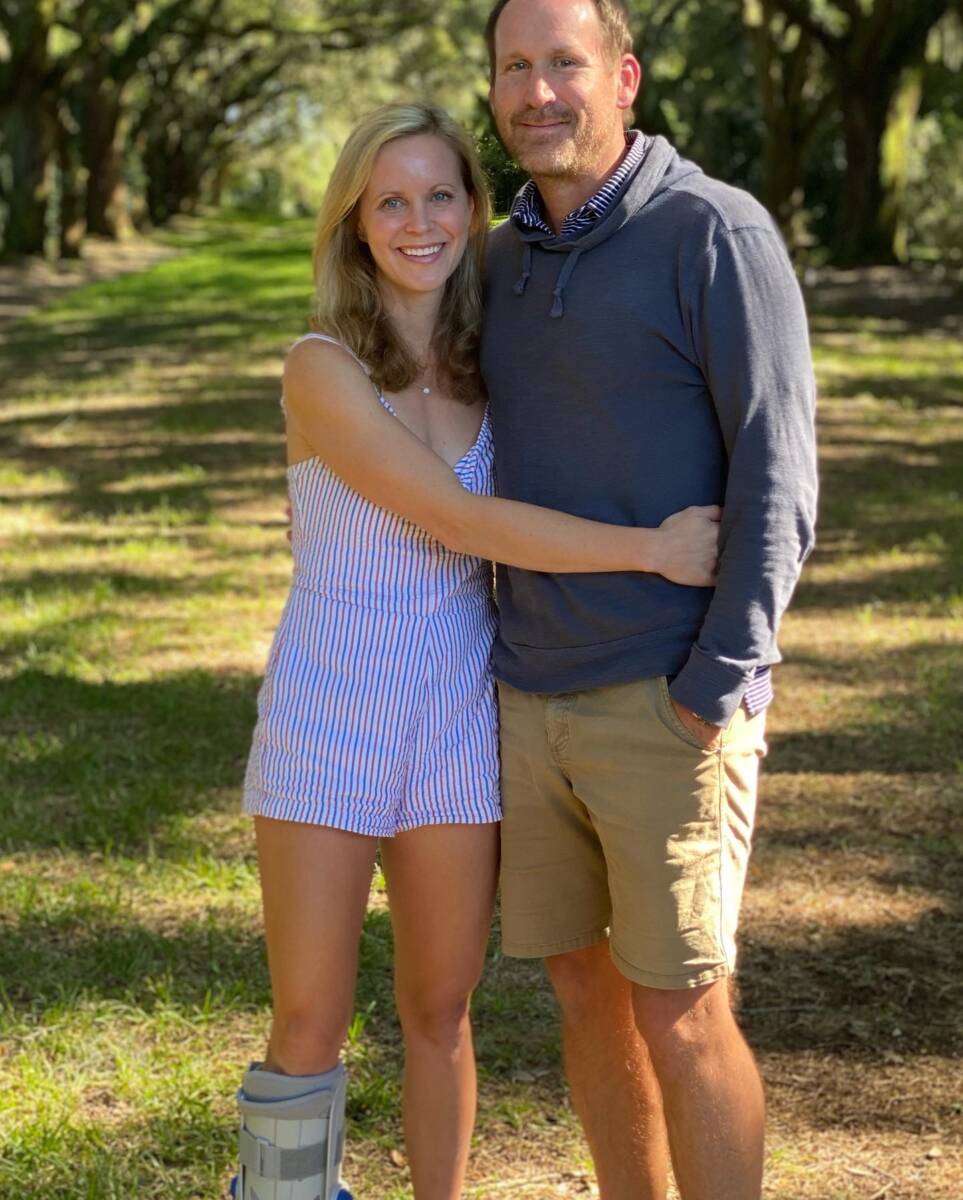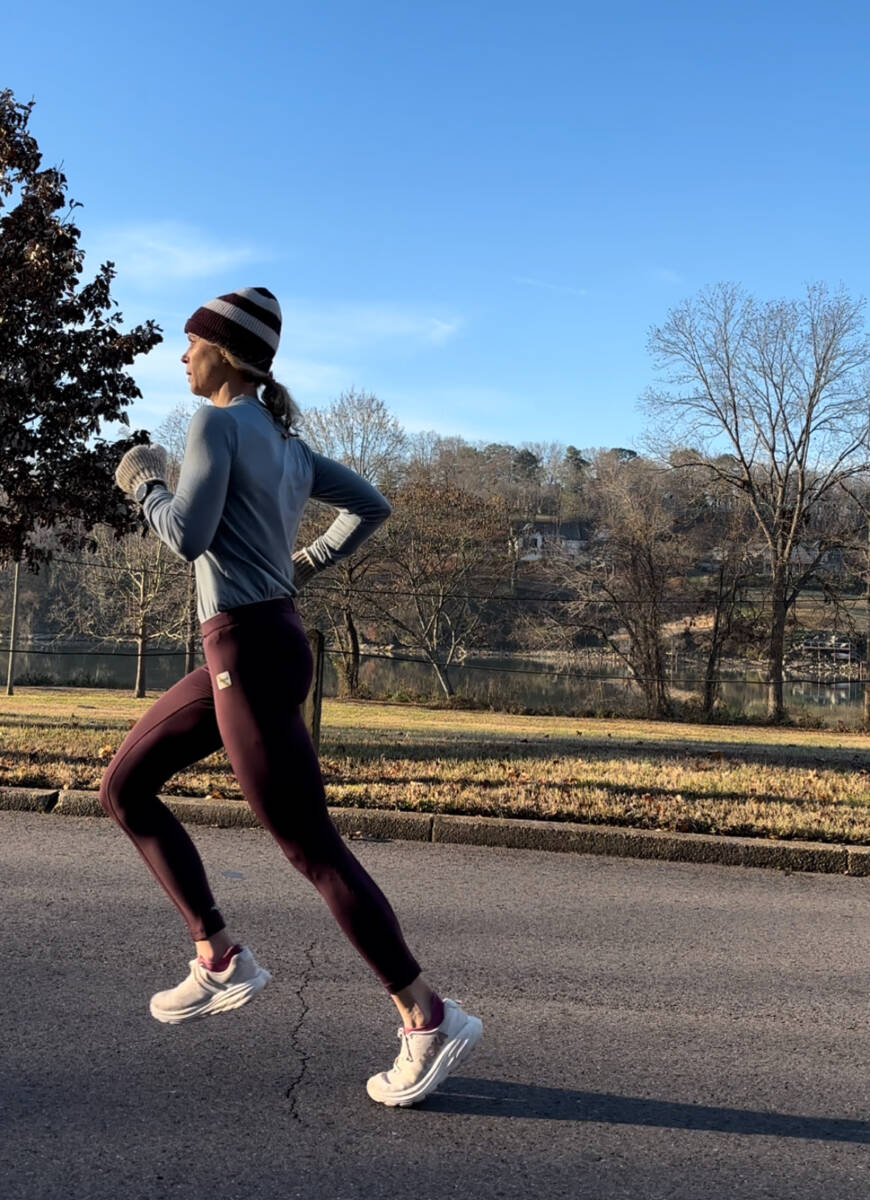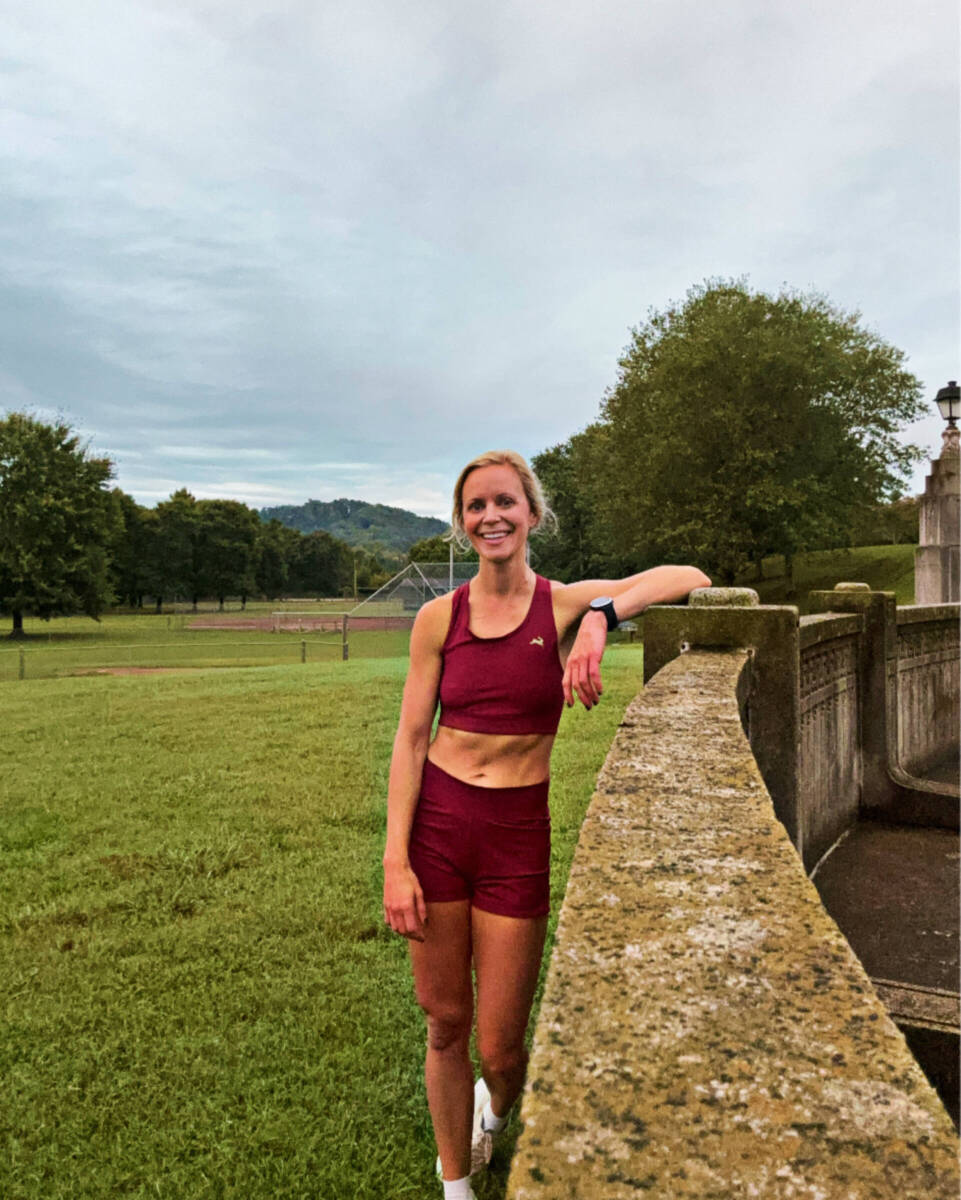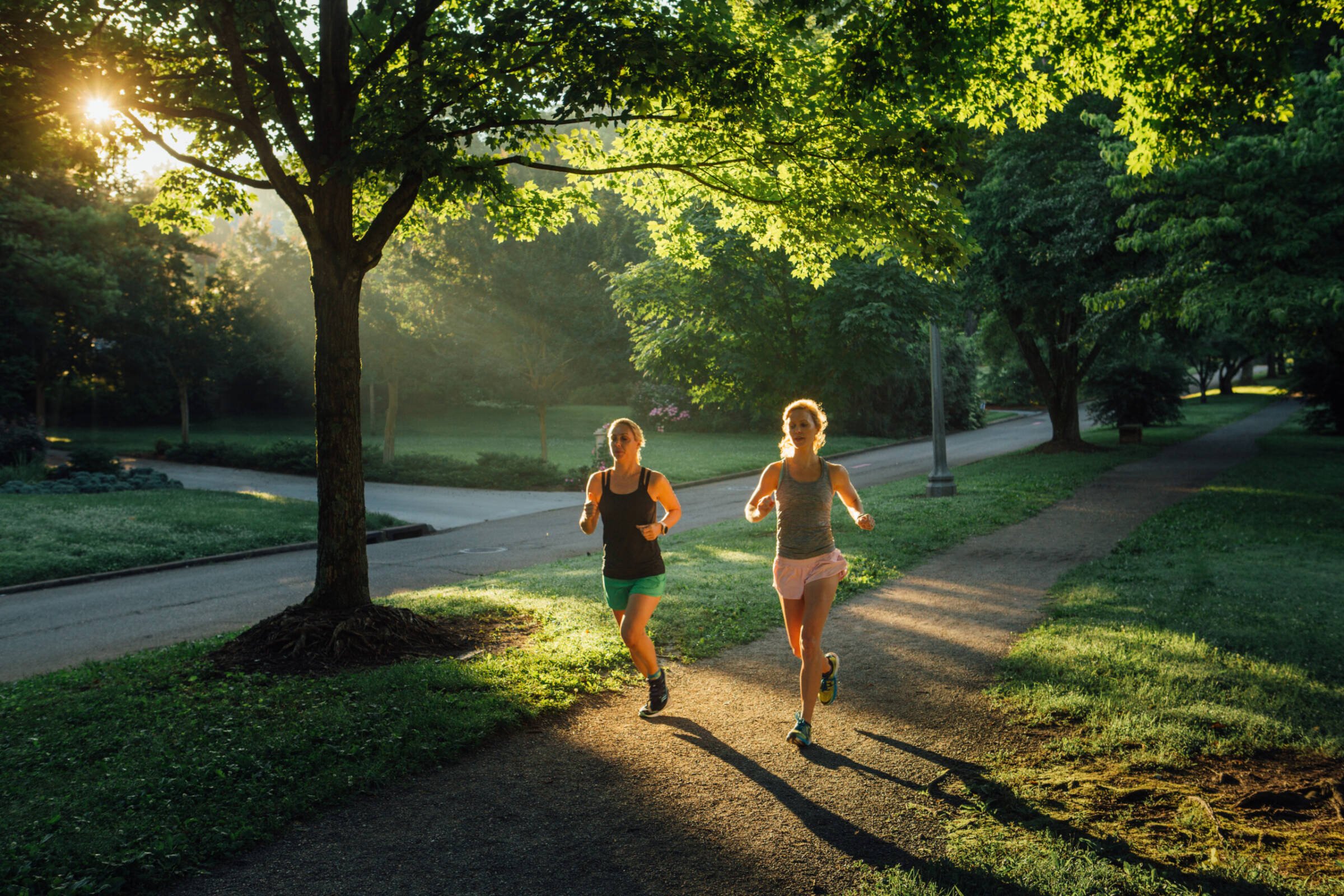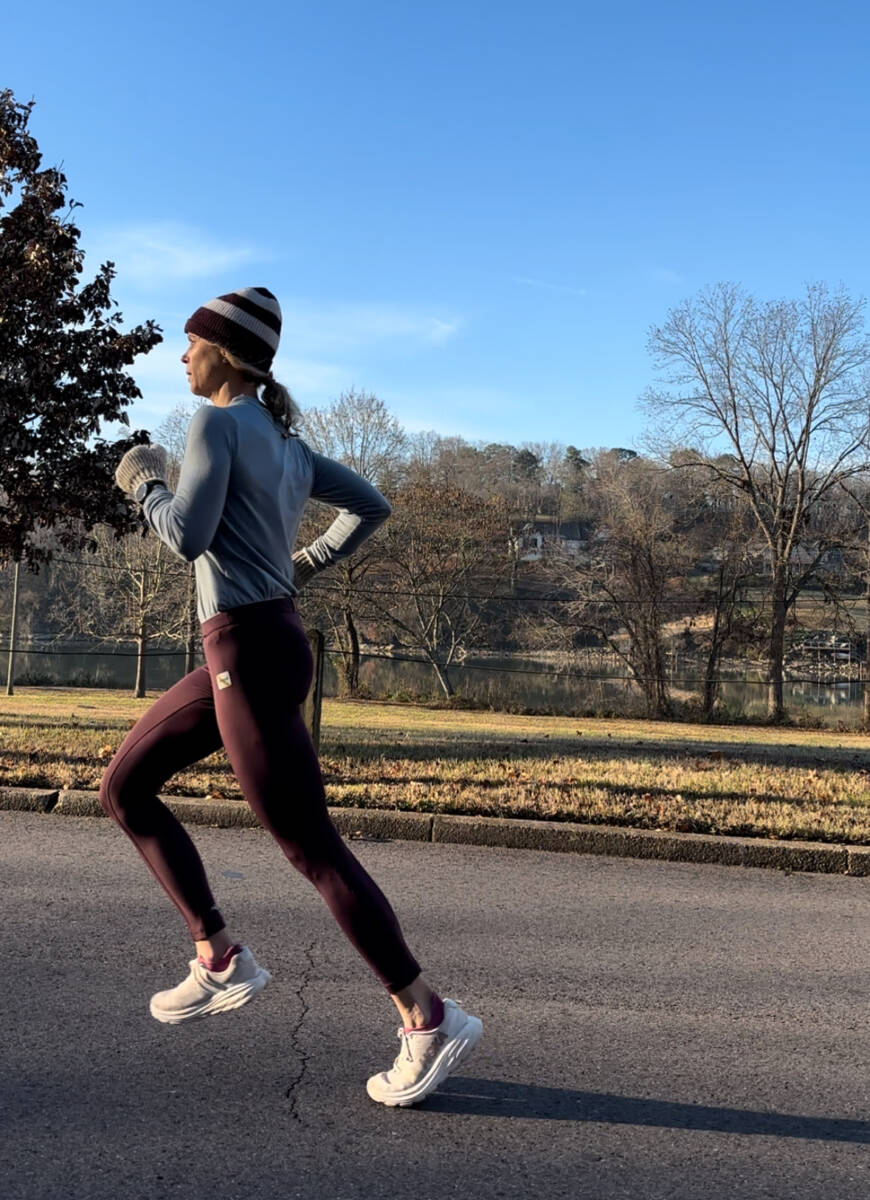What You Need to Know About Masters Running
Masters running is a race category for runners over the age of 40. Master runners are in a different category as research shows that we tend to get slower past the 40-year mark. But it doesn’t have to be that way. Training smarter not harder can help us get faster as aging runners. Indeed, I intend to PR in every distance in my mid-40s. Here’s how.
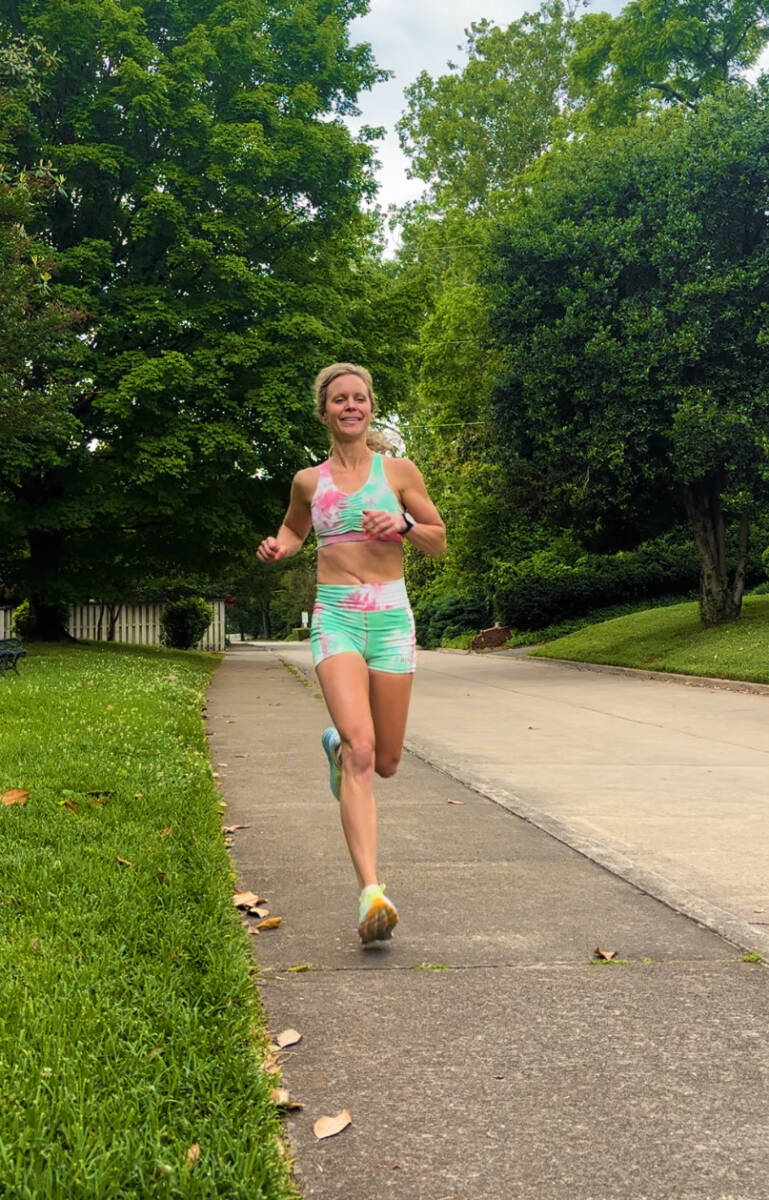
Shhh… I have a secret to tell you: I plan to set a personal record in every distance as a masters runner. I am going to make mastering masters running my mission as I enter my mid-40s.
As I approached 40, I started to take my running more seriously. At the age of 38, I doubled my mileage with hopes of qualifying for the Olympic Trials marathon. Unfortunately, I got injured. I still ran mileage in the upper 90s and ran the marathon (a 2:56 marathon PR with a torn hamstring).
Jump Ahead:
It took me about 1.5 years to recover and when I came back, still gunning for a 2:45 marathon—I got injured again..and again…and again. Yet, I still managed to come back for a brief 10-month window and run a PR in the mile, half, and marathon—5:16 at the end of mile repeats, a 1:20 half, and a 2:54 marathon—breaking the previous masters marathon record.
Related: Faster as a Master’s: Master’s Running Tips
At 43, I am coming back from yet another injury with unfinished business. I want to break 5 minutes in the mile, break 1:20 in the half marathon, and run a 2:4x marathon.
How do I intend to break my previous PRs despite being older and despite so many injuries? By training smarter, not harder. My injuries were in part to training harder than my (aging) body could handle.
People blame my age for my injuries, but I don’t. I blame my training. Age doesn’t have to be a limit. Instead, the art of training for masters running is training smart—and embracing that less is more.
Don’t believe me? Look at other master’s runners out there crushing it like Des Linden, Sara Hall, or Roberta Groner.
In this article, I am going to share the secrets to training as a master’s runner.
10 Tips for Aging Runners
Running for older people means facing the reality of declines in muscle mass and mobility which could equal slower running and being injury-prone. But GOOD NEWS! This reality can be counteracted by training smart. Below are 11 tips for gaining runners.
1. Never skip the warm-up and cool-down.
As a young gun running in your 20s or even 30s, you likely got away with rolling right out of bed and hitting the pavement. Not anymore. Your body needs time to wake up, loosen up, and get ready to run.
Try this warm-up routine before you head out for your run. Then start (at least) the first 10-15 minutes with an easy jog before even thinking about picking up the pace. These steps will help you lubricate your joints and stimulate blood flow to your muscles so they are ready to work.
When you’re done running, slow to a walk for a few minutes to allow your heart rate to return to resting. Take at least 5 minutes to do some light stretching or foam rolling. This can help balance the work from your run so your muscles don’t stay too tight.
2. Buffer your hard days.
As masters runners, we may need more time to recover—especially in between long runs and big speed workouts. A big lesson I have learned is to buffer my long run days with rest days or very easy recovery days. If I don’t have a rest day after a harder run, I will run my run VERY easy. Polarized training with minimal “gray zone” runs has been a game changer in how I recover.
For some older runners, it may be worthwhile to train on a 10-day schedule versus a 7-day schedule to allow for more recovery in between work bouts. In this schedule, you may do a long run and a speed workout within 10 days rather than 7. In this case, you may elongate your overall training cycle.
3. Stay true to easy.
Because it can take longer to recover due to physiological changes like lower testosterone (yes, even in women!), it’s so important to stay true to your easy pace. Your easy pace is a feeling not an actual number on your watch.
Running easy should follow the rules of the 3 Cs: it should be conversational, comfortable, and controlled. You should feel like you can keep that pace forever—and it should energize you, not drain you.
If you are running nice and easy and still feel fatigued, take a rest day. Your body needs it.
4. Listen to your body.
That brings me to my next point, listen to your body. Tune out what is on your running schedule, or what your watch says, or what your friends are doing. If your body is telling you that you need an extra rest day, or lower volume, listen.
This is a lesson I recently learned. As I’ve gotten back into running, I wanted my base mileage to be in the 60s to start. But my legs felt like trash, so I backed it down and added a rest day. I started feeling so much better. My paces quickened, and my fitness increased.
As a master’s runner, less is often more.
5. Level up your strength training.
Strength training is even more important for those “running in old age.” What’s so awesome is that we masters runners can see huge gains in the gym. But we have to think EXPLOSIVE and HEAVY, along with being CONSISTENT.
Hormonal shifts, especially in women, can make it harder to build or maintain muscle, especially fast twitch muscles. But doing strength training with explosive movements such as plyometrics, HIIT, hill strides, short intervals, and strides can counteract this decline by strengthening the communication between your brain and muscles. Lifting heavy two times a week can fight the muscle mass decline.
There’s no need to kill yourself in the gym though. About 30 minutes per session is all you need. Your workout routine can look something like this:
- 2 band exercises such as Banded Clam Shells and Banded Bridges
- 2-4 heavy lifts at a weight in which you can lift 6-8 reps and have enough left in the tank to do 2 more. Do moves like a Single Leg Dead Lift, Calf Raises, Lunge or Squat. 3-4 sets.
- 2 plyometric moves such as Pogo Hops and Skater Hops.
- Finish with some core exercise such as Planks, Bicycles, and Dead Bugs.
Check out more strength for runners workouts here:
- Strength Training Guide for Runners
- Kettlebell Workout for Runners
- Strength Training for Marathoners
6. Stay mobile.
Performing regular mobility exercises can help fight the decline of tissue elasticity and loss of lubrication of your joints. Many masters runners start incorporating a yoga flow routine into their training to stay limber and loose. Indeed, I have started going to yoga on my rest day and I feel so much better.
I also recommend doing a short mobility routine, like my 5-minute mobility routine, as part of your warm-up.
Taking a joint supplement like Previnex Joint Health PLUS and collagen (I like Modere’s Life BioCell) can also aid the health of your joints.
7. Cross-train.
The high impact of running can lead to injuries for runners young and old, but especially as tissue elasticity, joint mobility, and bone density decline in aging runners. Running can help strengthen bones and improve mobility but you have to do it carefully.
Remember, that masters running typically involves more recovery. That means running less miles, but you can still build your aerobic system through cross-training. Any exercise that gets your heart rate up with less pounding on your legs is beneficial. This can include elliptical, cycling, rowing, or swimming.
8. Eat more protein.
Protein helps build muscle. Research indicates that higher levels of protein can help women keep lean muscle mass while also losing body fat.
Female runners have higher protein needs than an average woman—and perimenopausal runners need even more. According to Dr. Stacy Sims, in general:
- Women should aim for 1.7 to 2.4 grams of protein per kilogram of body weight per day. (1 kilogram = 2.2 pounds–so roughly one gram per pound).
- Women in the menopause transition should target the higher end of that range (2.2 to 2.4 grams per kilogram), aiming for the lower end on easier days and the higher end on very heavy training days, says Dr, Sims.
I can attest to feeling more energized when I started paying attention to my protein intake. I regularly drink a Fairlife Core Power Elite milk with 42 grams of protein after runs.
9. Sleep!
Sleep is important for every important function of your body. As a runner specifically, it’s key for recovery: When we sleep, we secrete human growth hormone (HGH) which repairs the damage done by running.
Since our recovery is weaker as we age, sleep becomes an even more important tool in our running toolbelts. Skimp on sleep, then you skimp on recovery, and put yourself at risk of tanking your next workout—and getting injured! So, practice good sleep hygiene. Keep the room cool. Turn off your phones. Skip the wine. And remember that the more you run, the more sleep you’ll likely need.
For me, I started taking magnesium glycinate and a low dose of progesterone to help me sleep better. Before I would wake up in the early morning hours and not be able to go back to sleep. These steps helped. I also tell myself that I am not allowed to get out of bed before a certain time, forcing extra rest.
10. Wear good footwear.
What you run and walk in will make a huge difference in your recovery—and how your legs feel overall. I promise you this.
So, make sure you stay on top of your shoe mileage. And wear good shoes when you aren’t running. I recommend Oofos or an old pair of running shoes.
Your best race is still out there
Join me in not letting age be your limit. We can still run faster as a masters runner (for many people, of course—not all). I just coached a woman who turns 50 this year and knocked on the door of her marathon PR on a very hilly course–she is now going after a sub-3 hour marathon. She started seeing gains when we reduced her volume and added in an extra rest day. Before this, her legs felt fatigued all the time.
Just like her (or Sara, Des, and Roberta), it is possible to have your best race yet but approaching training as a master’s runner differently. Working with a running coach such as myself can help!


